Southern California was rocked by a series of frequent earthquakes recently, which potentially speaks to an urgent situation.
Ojai was hit by a 3.6-magnitude quake, and similar-sized quakes also hit East Los Angeles and El Sereno, with three more recorded near Costa Mesa and Newport Beach. But SoCal’s earthquake problems may be far from over.
How Earthquakes Happen
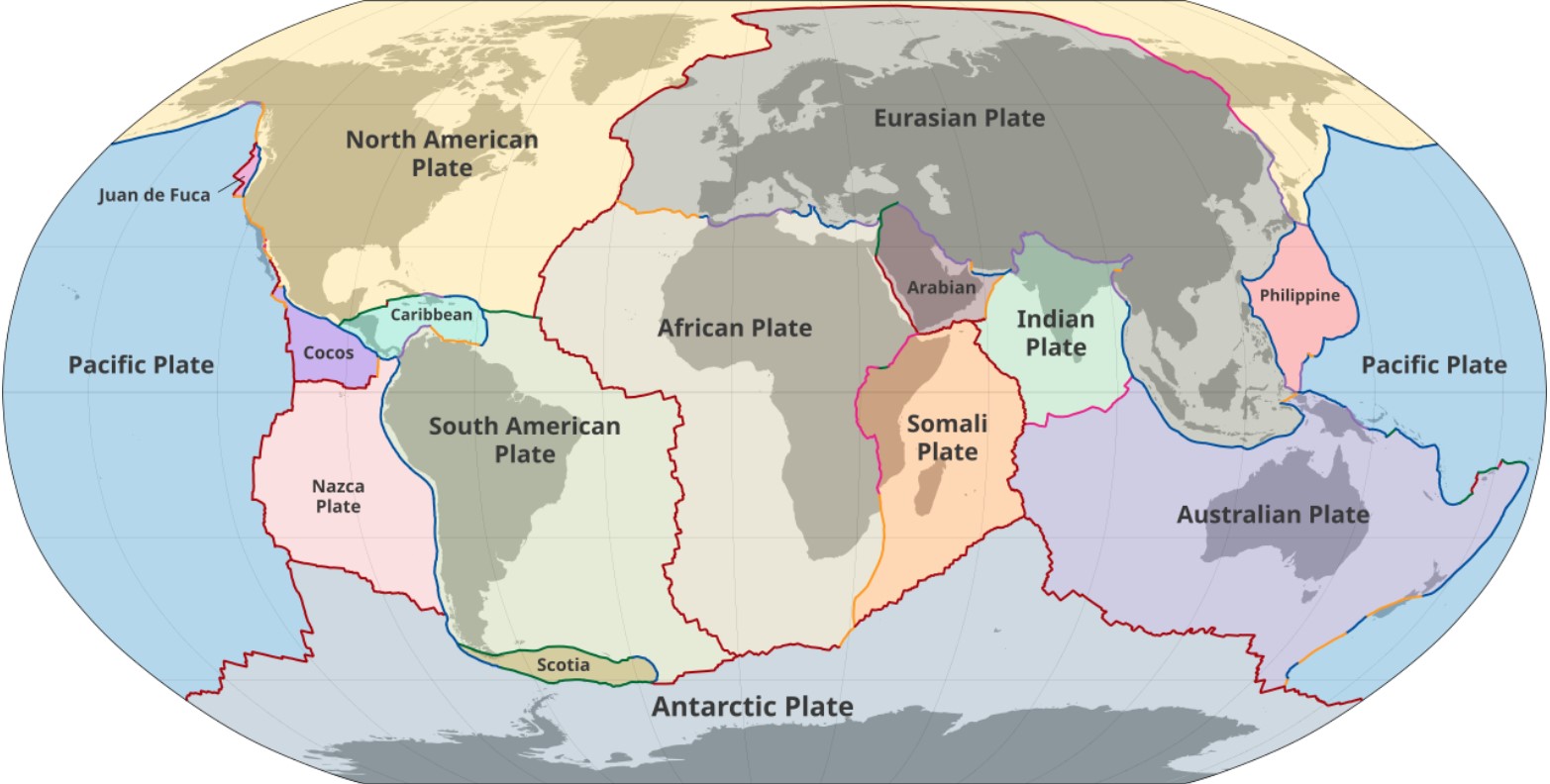
Earthquakes in an urban environment like this can lead to some truly terrifying and devastating natural disasters.
Earthquakes typically occur when the tectonic plates of the Earth’s crust slip past one another. The area where they slip is known as a fault plane or simply a fault. Seismic waves radiate out from the fault and the Earth shakes.
Urban Devastation
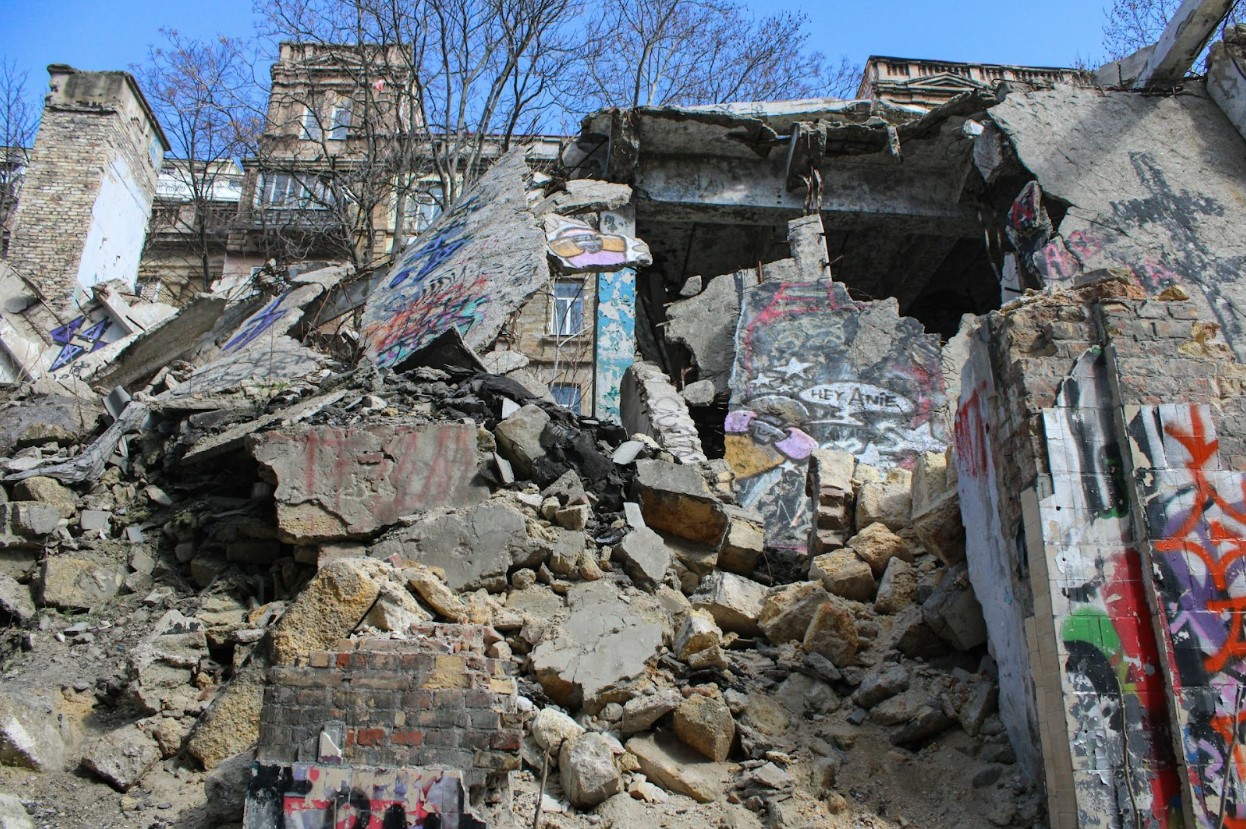
Earthquakes understandably have the greatest potential for devastation and pose the greatest risk to life in areas with a lot of built-up man-made structures, like cities.
As seismic waves extend out under the surface, the buildings on top begin to shake, sometimes violently. If they’re unstable, they may start to collapse. Those trapped within are in danger, as are pedestrians as the building crumbles. Earthquakes can also cause other disasters like landslides and flooding.
California is an Earthquake Hotbed

There are some parts of the world that will rarely if ever experience an earthquake just because of where they sit on a tectonic plate. Others will be prone to earthquakes. California is very much in the latter category.
Every year, the Southern California area alone experiences around 10,000 earthquakes, though most of these cause little to no damage. Most, not all.
The San Andreas Fault
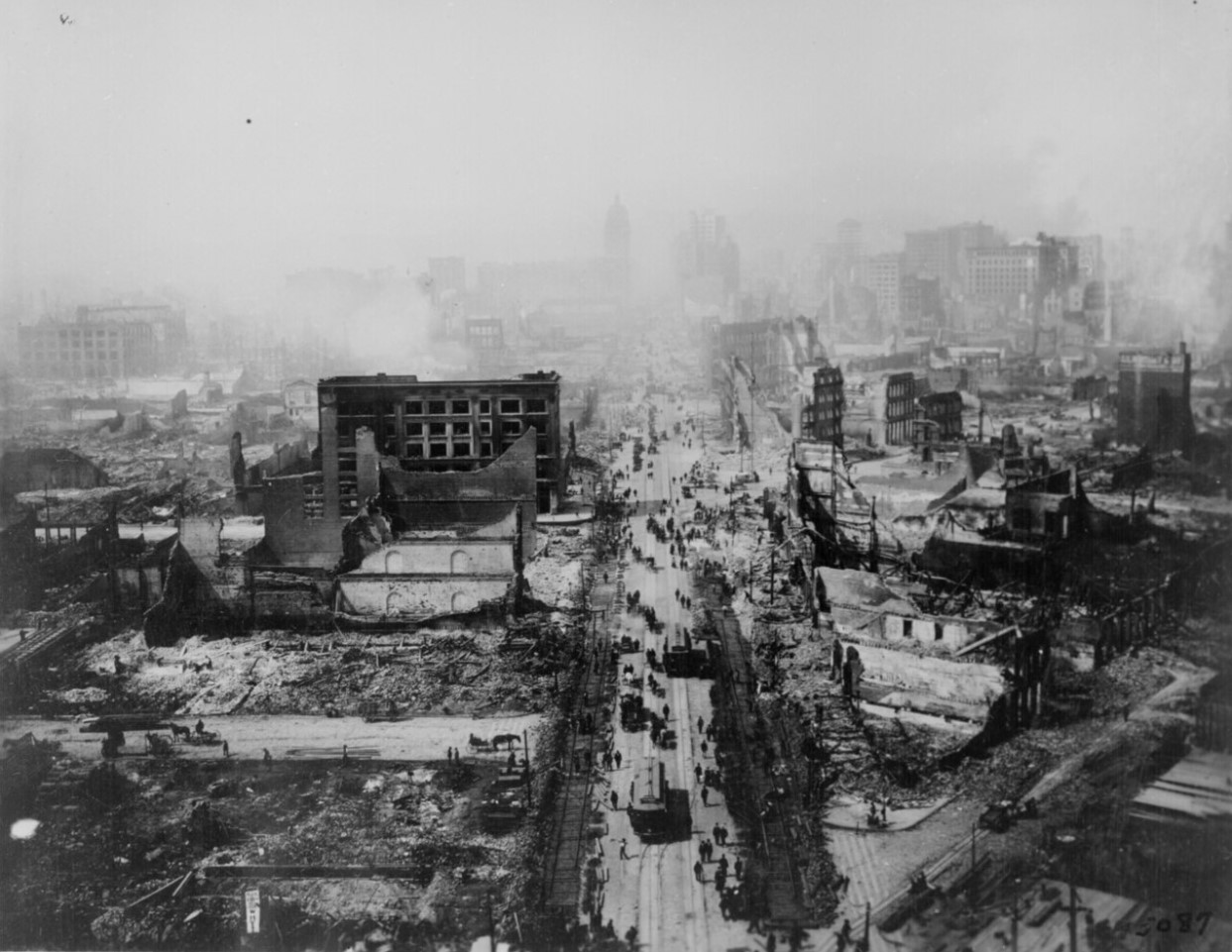
One reason for the prevalence of earthquakes in the state is the presence of the infamous San Andreas Fault, a sliding boundary point between the Pacific Plate and the North American Plate.
The 800-mile-long fault basically slices California in two, from the Mexican border to Cape Mendocino. It’s the cause behind some of California’s biggest earthquakes, including San Francisco’s infamous 1906 earthquake, even though San Francisco doesn’t sit on the San Andreas Fault.
Recent California Quakes

While many of the earthquakes experienced by California have little to no impact, around two or three times a year the seismic waves are a little more intense.
This handful of larger quakes are intense enough to cause moderate damage to homes and other buildings, though in recent history California has been lucky and even these larger earthquakes have been fairly mild.
Potential of the Big One

Even these recent earthquakes that rocked Southern California are significantly smaller than other quakes from past years. The 6.7 magnitude 1994 Northridge earthquake, for example, displaced 22,00 people from their homes and caused more than $20 billion in residential damage.
While these recent California quakes are only rumblings in comparison, this earthquake activity does have some concerned about the potential arrival of the so-called “Big One,” an earthquake of magnitude 8.0 or higher that could cause devastating damage.
Quakes Along the San Andreas Fault
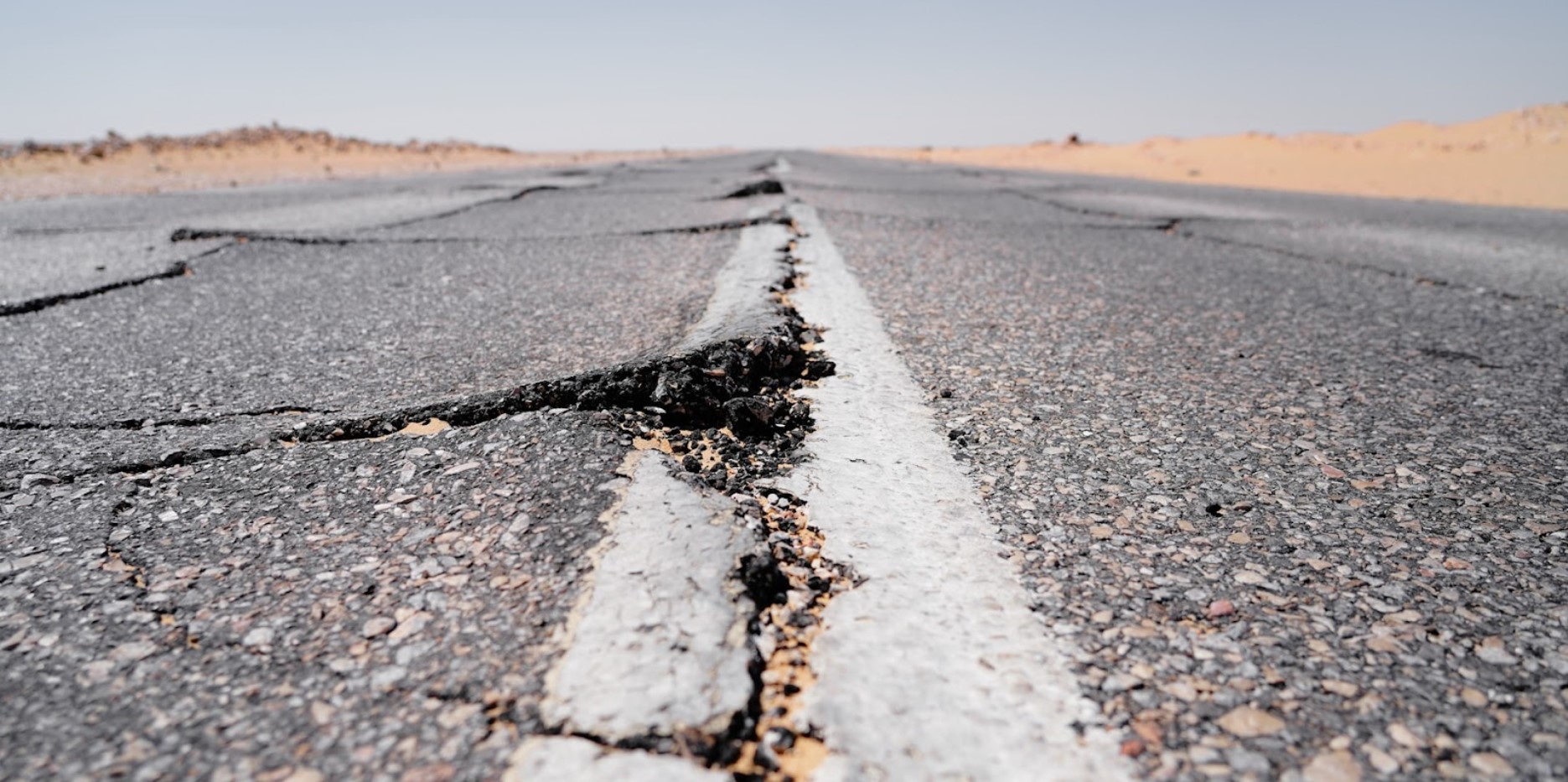
Areas along an active fault, like the San Andreas fault, are obviously most at risk of being hit with the Big One, should it occur.
Major quakes occur along this fault every 180 years or so, though the last was in 1906. US Geological Survey estimates place a 60% chance of an earthquake of magnitude 6.7 or higher hitting the Los Angeles area in the next 30 years. Basically, many experts feel something is brewing beneath California.
A Big Earthquake is Overdue
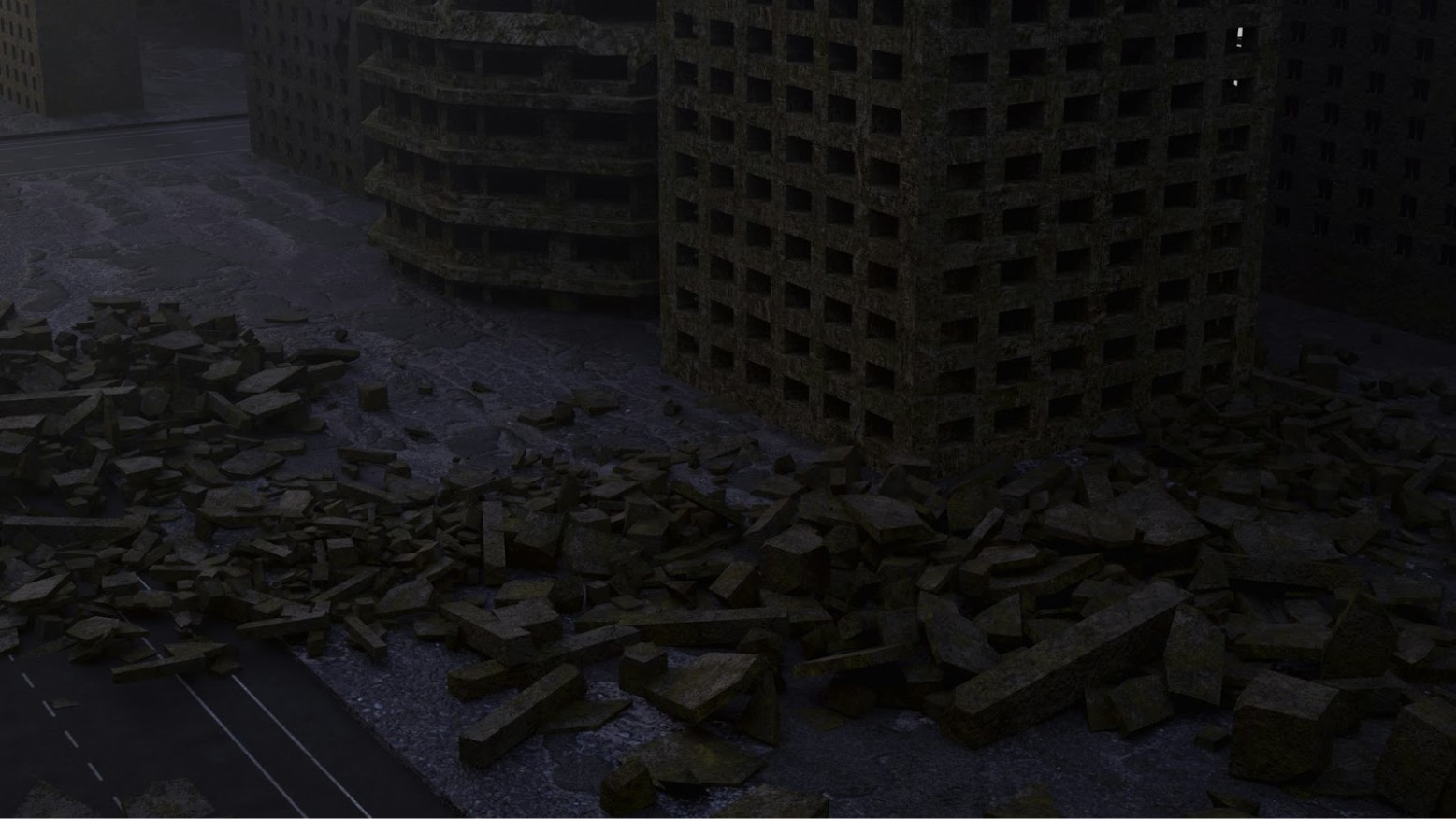
There’s a lot to suggest that the state is overdue for a big earthquake. Of particular concern is the Cascadia Subduction Zone, which stretches from Northern California to British Columbia, Canada.
Historic averages would suggest the Zone is overdue for a significant earthquake. The question then becomes whether these recent quakes signal something larger.
Recent Quakes Could’ve Been Worse
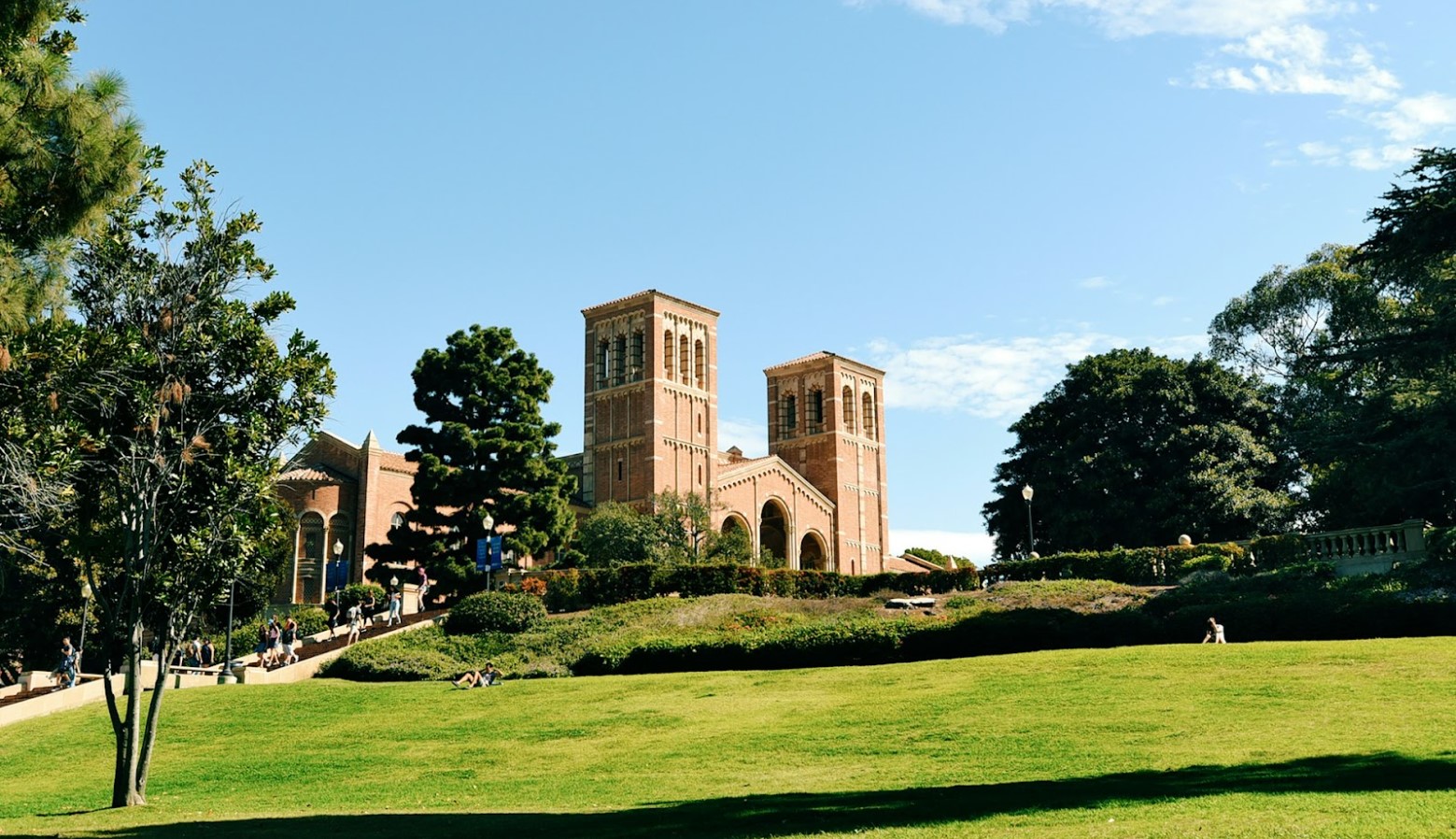
These recent quakes themselves could’ve been far worse if they’d happened elsewhere along the fault line. Take the El Sereno quakes, for instance. This occurred just below the Puente Hills thrust fault.
This fault runs under downtown Los Angeles and Orange County, angling like a ramp and coming close to the surface near the LA campus of UCLA. A quake here could be 10 times more intense, with economic loss estimates for a Puente Hills thrust quake in LA at up to $252 billion.
Is California Prepared for the Big One?

Americans often don’t think about or fully comprehend the potential impact of large quakes like this since they’re so infrequent, according to Glenn Pomeroy, CEO of the California Earthquake Authority (CEA).
Predicting if and when a quake might occur is also a challenge. According to the California Governor’s Office of Emergency Services website: “Unfortunately, earthquake prediction remains an extremely challenging endeavor. While scientists can monitor fault lines and detect patterns of seismic activity, they cannot predict exact earthquakes reliably.”
A Potential Huge Earthquake in California

While experts have concerns that California is overdue for a large, potentially devastating, earthquake the likes of which hasn’t been seen in a lifetime, predicting earthquake activity is sadly still far from an exact science.
There are still steps that can be taken to minimize the impact of any potential quake. Preparedness is key, and officials can experiment with digital alert systems, building retrofits, and running earthquake drills. Citizens can also take steps, like ensuring they have emergency kits.
California’ Earthquake Risk

According to The National Seismic Hazard Model that was developed by the United States Geological Survey, California has a 75% chance of an earthquake shake in the next 100 years.
That chance varies depending on the area of the state. For example, the Bay Area has a 95% chance.
Increasing Hazard
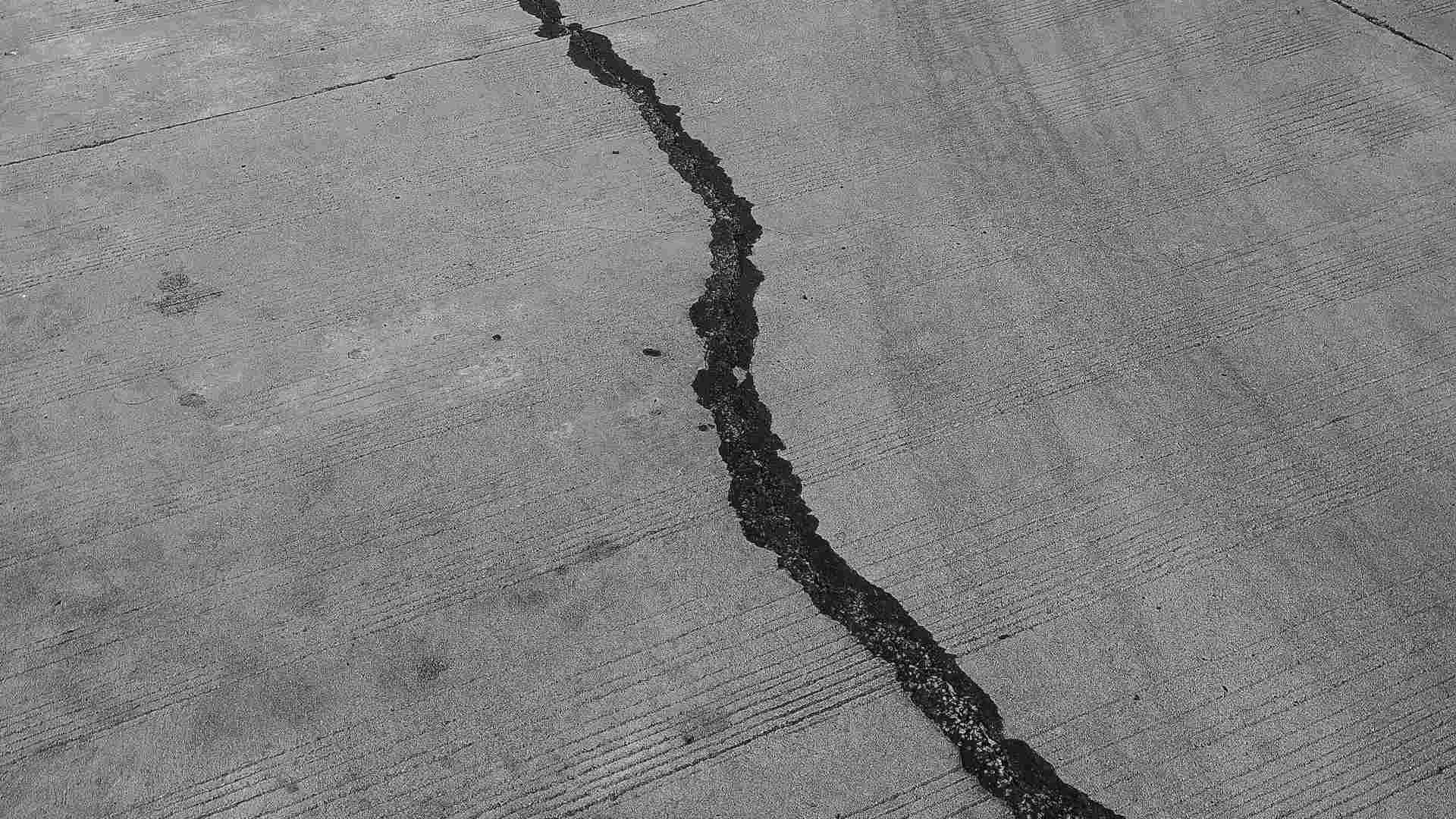
Mark Petersen, a USGS geophysicist authored a recent study that examined the risk of earthquakes in California, noting the shaking hazard has increased for residents.
“Across California, the hazard has increased a little. It’s not an alarming level of increase but it’s something that helps us to understand more of the details of where shaking will be higher,” said Petersen.
Rising Risk
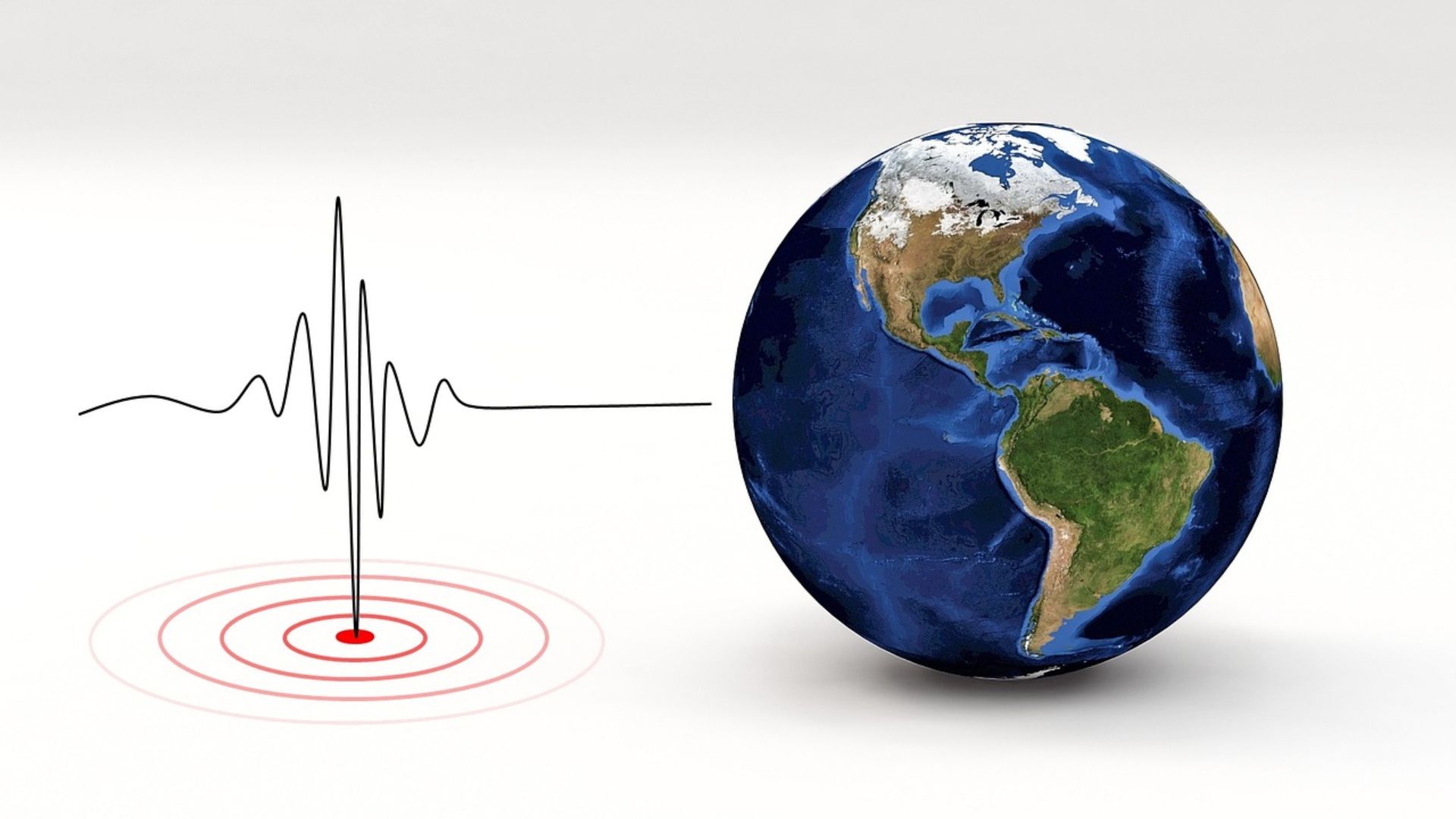
The newest risk predicted by the federal earthquake model represents a 10% increase over a previous model completed in 2018.
Petersen’s study examined the probability of a damaging earthquake by taking into account the magnitude, and epicenter distance.
Preventative Measures
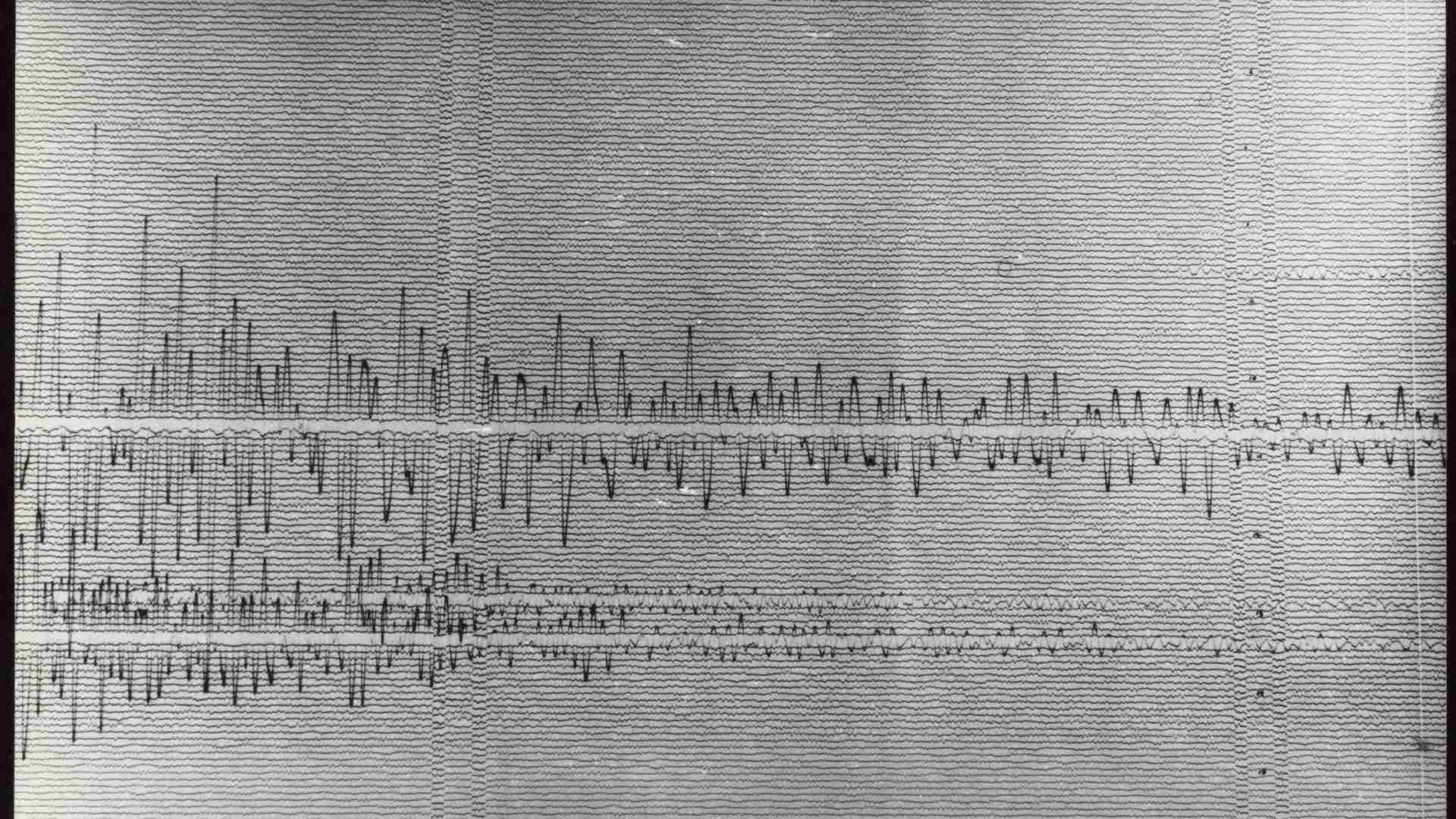
Researchers know that the news of California earthquakes is nothing new. However, the increased risk of them demands that people begin looking into preventative measures with a greater priority.
“California has earthquakes. We already knew that. But what we want to know is in detail how can we better design buildings and bridges and develop communities that are resilient and can recover quickly from earthquakes?” Petersen said.
Develop Plans
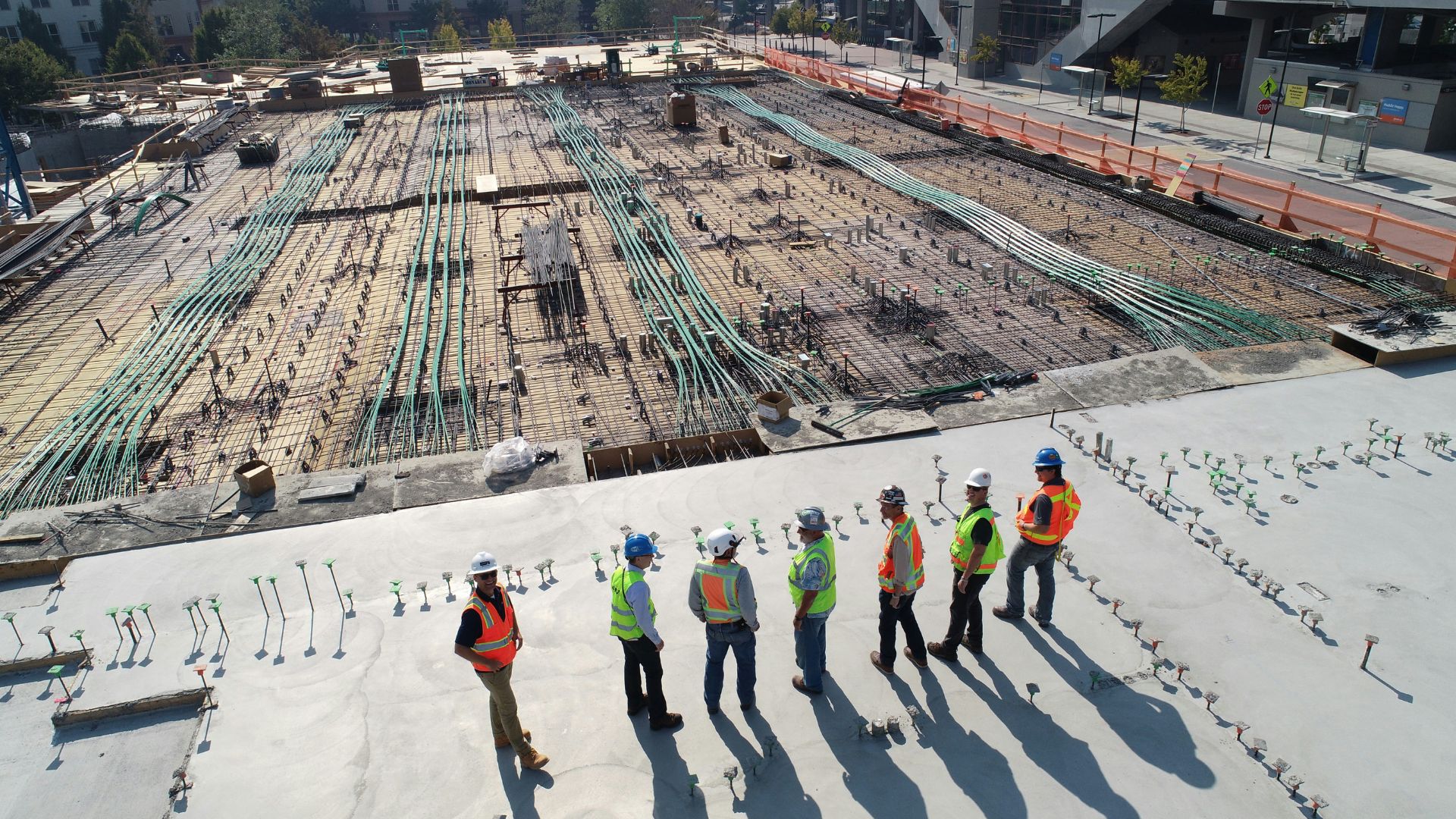
Peterson told SFGate that he is making models to help give engineers and policymakers the information they need to combat the future earthquake threat.
“It will remain high in California. And this is consistent with the record of historic earthquakes in California. We know that earthquakes can happen. We’re forecasting this, and we’re making detailed models that can be useful for engineers to design buildings and for policymakers to assess and plan for earthquakes,” Petersen said in January.
Slight Damage Can Be Catastrophic
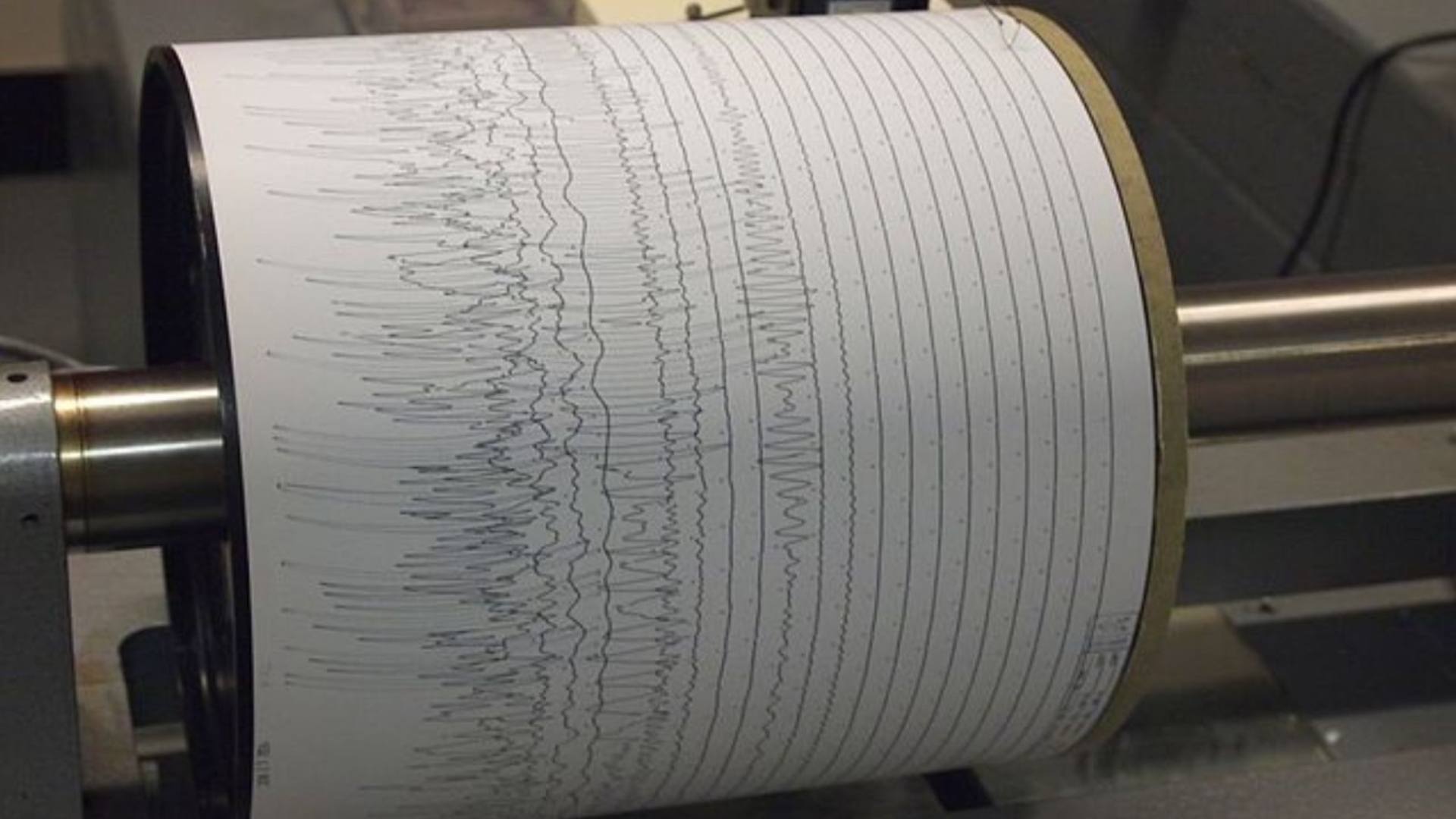
It will be critically important for California to update its buildings to be ready for the high likelihood of an earth-shaking risk. Petersen emphasized that even a small vulnerability can translate into intense damage from an earthquake.
“With slight damage, you might have chimneys that fall or walls cracking in a home,” Petersen said.
Sediment Shaking

One of the biggest adjustments that the latest federal earthquake model had to make was to account for the impacts of sediment shake underneath urban areas.
“When an earthquake happens, seismic waves roll up to the surface. … They’re modified by the sediment that’s right under our feet,” said Petersen.
Dangers of Loose Sediment
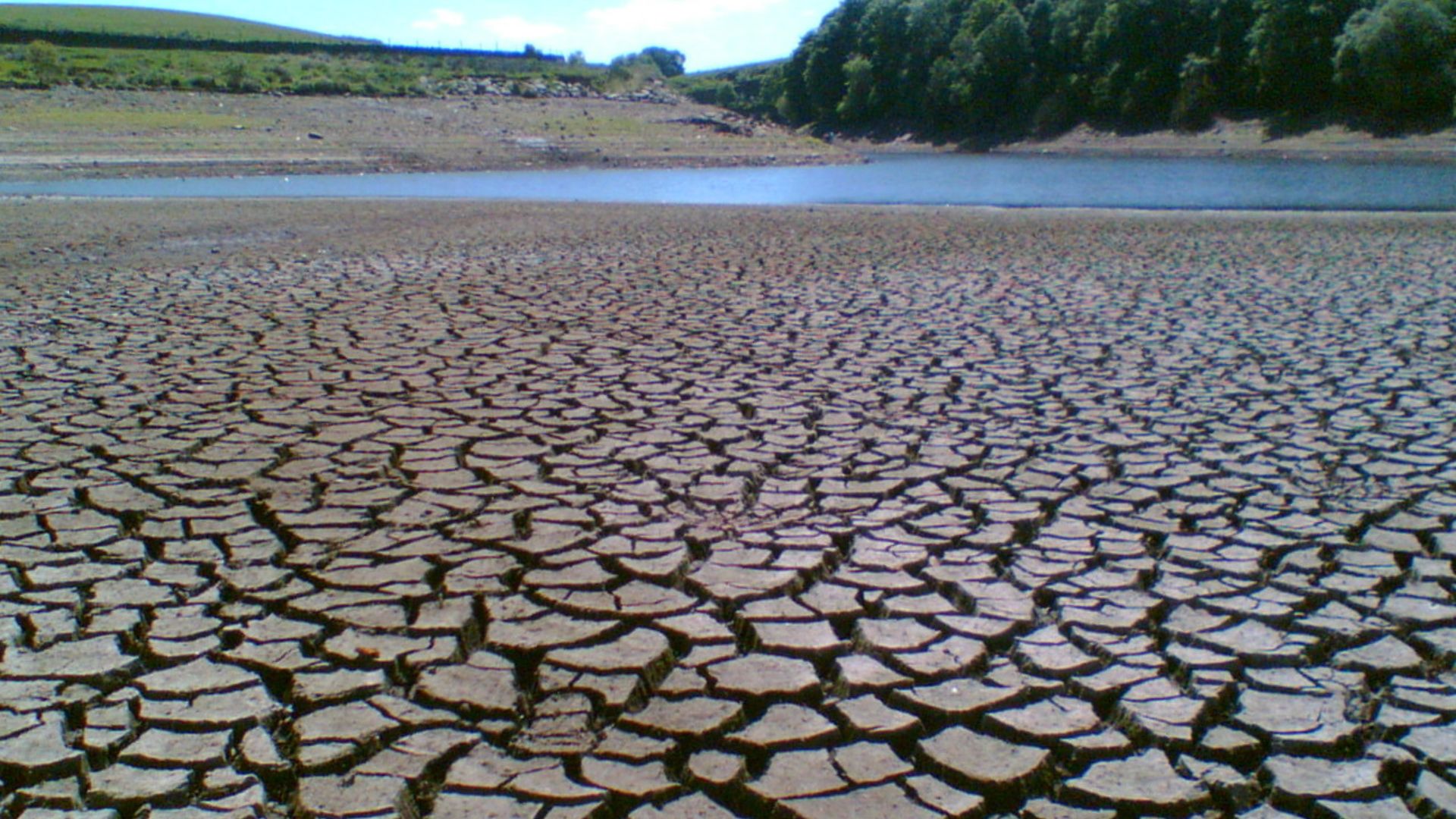
According to the United States Geological Survey (USGS), there is an increased danger presented by loose sediment that can happen as a result of more frequent earthquakes.
“Generally, the younger and looser the sediment and the higher the water table, the more susceptible a soil is to liquefaction. Liquefaction causes three types of ground failure: lateral spreads, flow failures, and loss of bearing strength,” said the USGS.
What is Liquefaction?
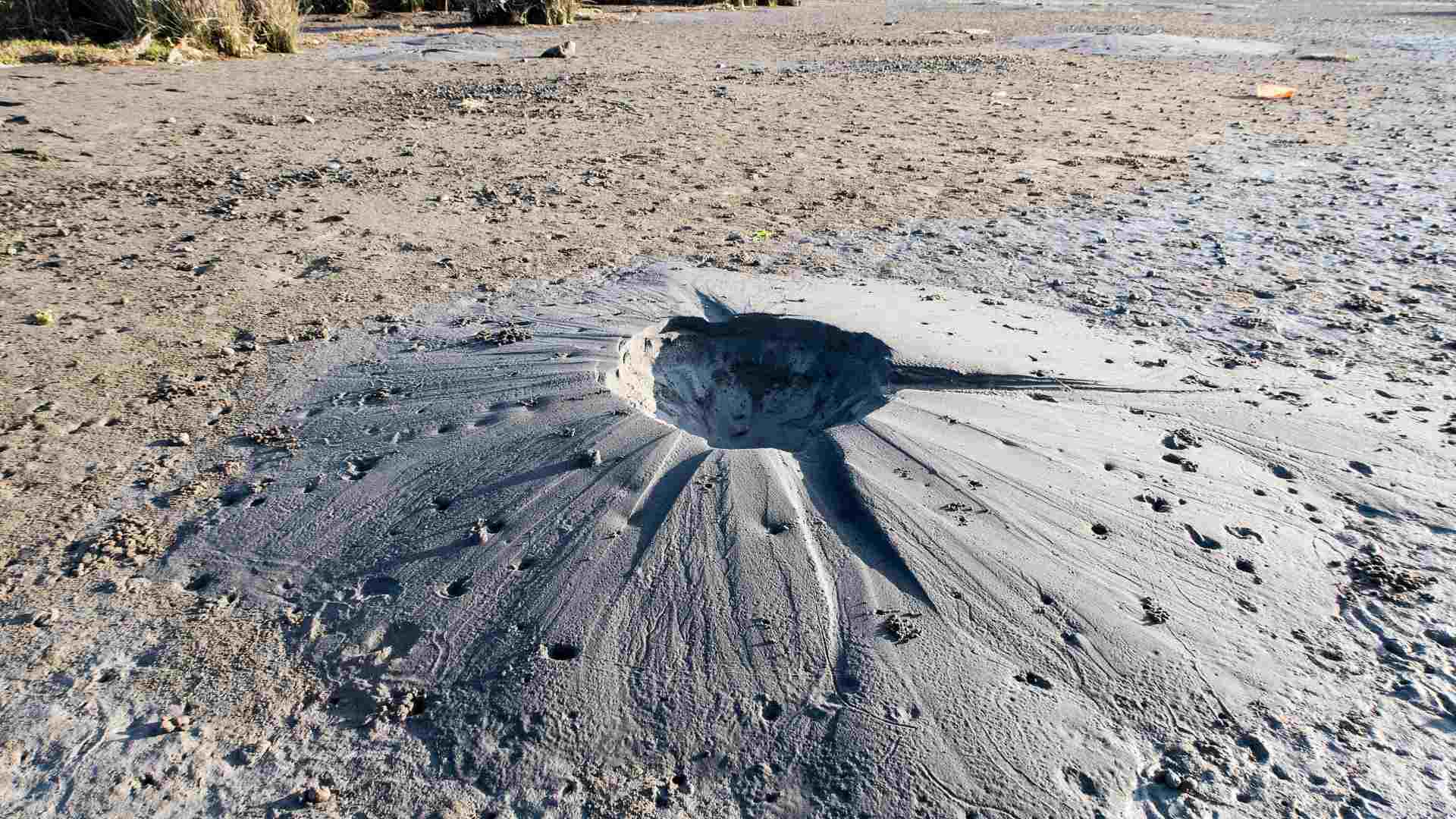
Liquefaction is the process by which water-logged and loosely packed sediment near the surface loses its ability to hold together after a strong ground shake, like from an earthquake.
Unlike stable soil, this liquefied soil can bend and break even from low-magnitude earthquakes, with its endurance also depending on what the soil is composed of.
Protection Steps
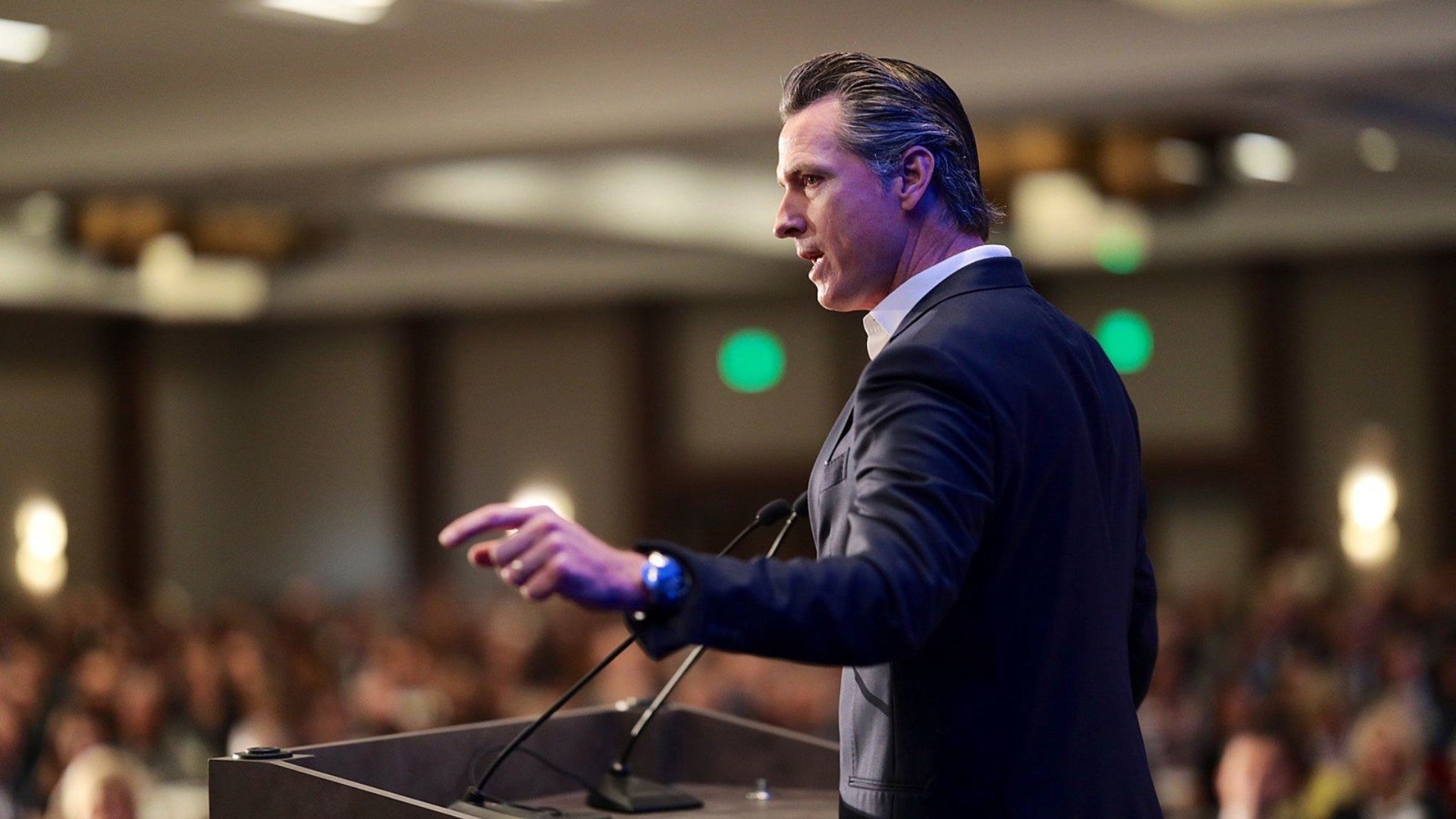
The government of California has been watching this problem unfold and instituting new ways to protect residents against the threat.
In 2019, Governor Gavin Newsom created the first comprehensive early warning system for earthquakes in the United States.
Early Warning System
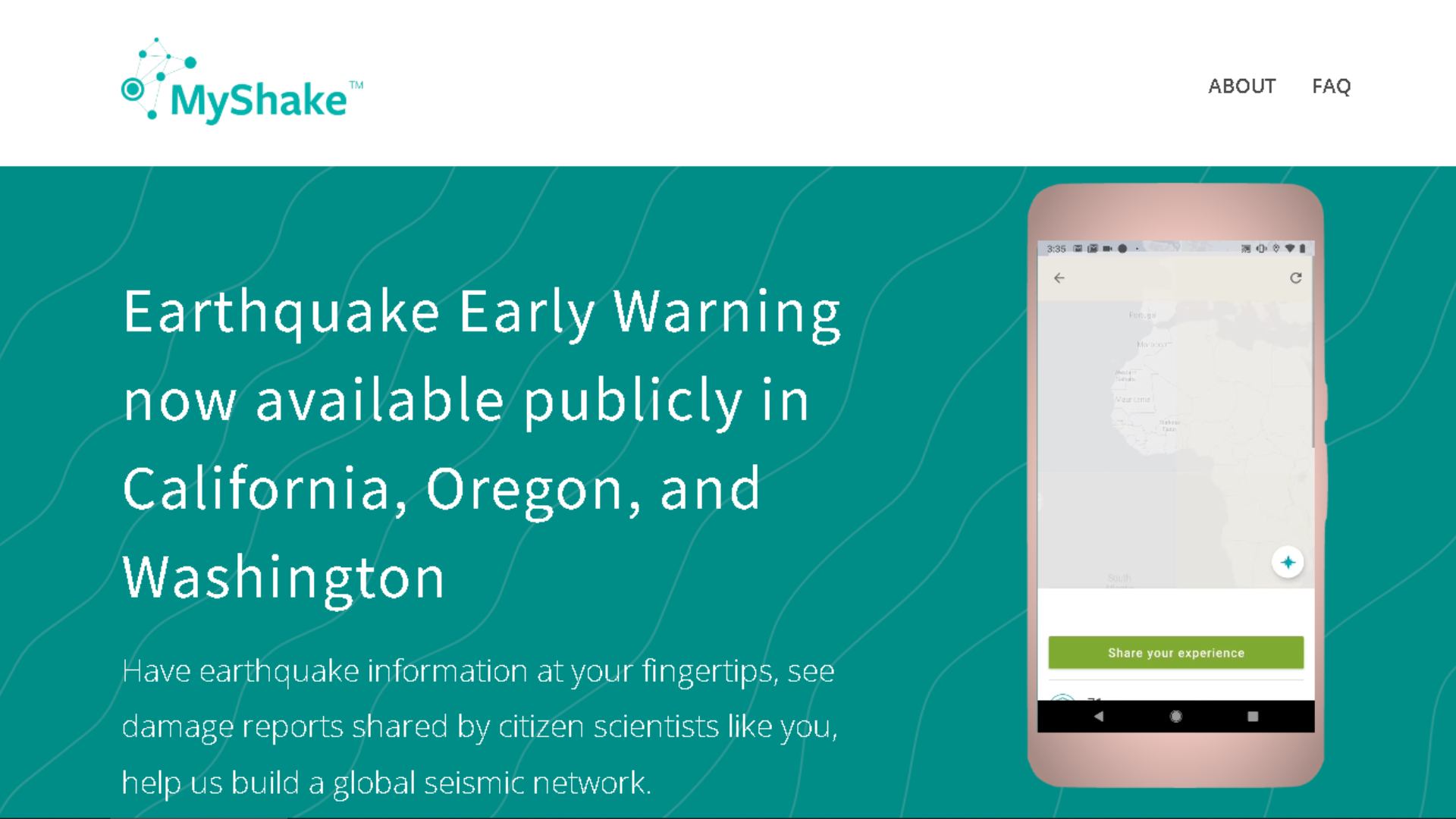
This warning system came in the form of an app called “MyShake,” which sends a notification that saves critical seconds to allow people to prepare for earthquakes with a magnitude of 4.5 or greater.
“This is about your kids, your grandkids, your community,’’ Newsom said. “This is the beginning of a process that can truly save lives.”
2022 Quake
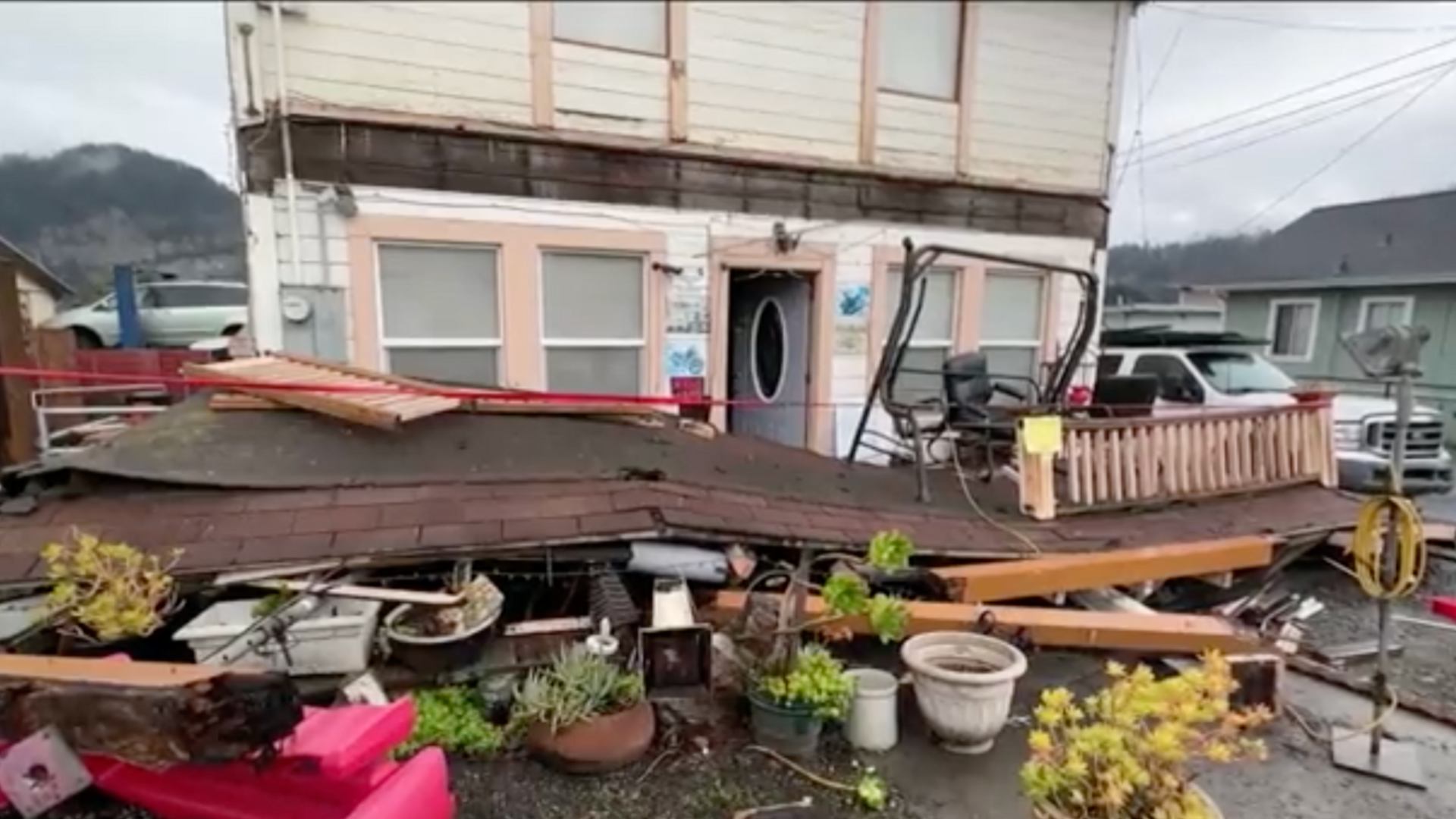
One particularly notable earthquake that happened recently in the state’s history was a 6.5 magnitude earthquake that struck the west coast.
This quake left a California town a “total mess” and was strong enough to set off the Shake app. The quake killed at least two and injured 17.
